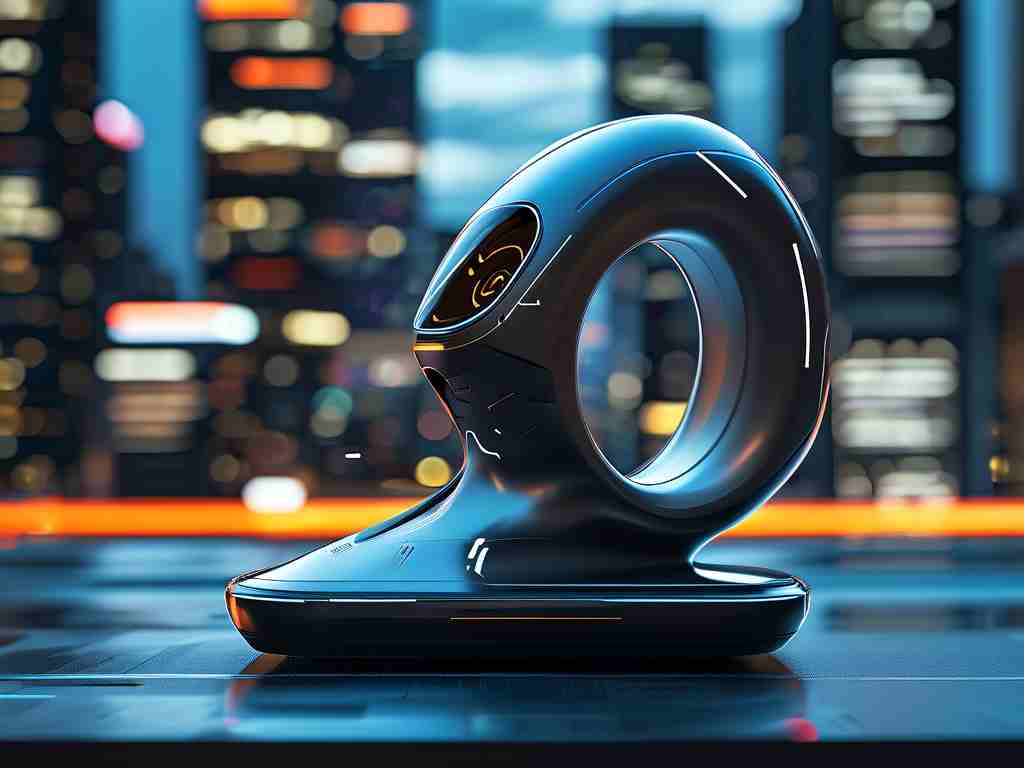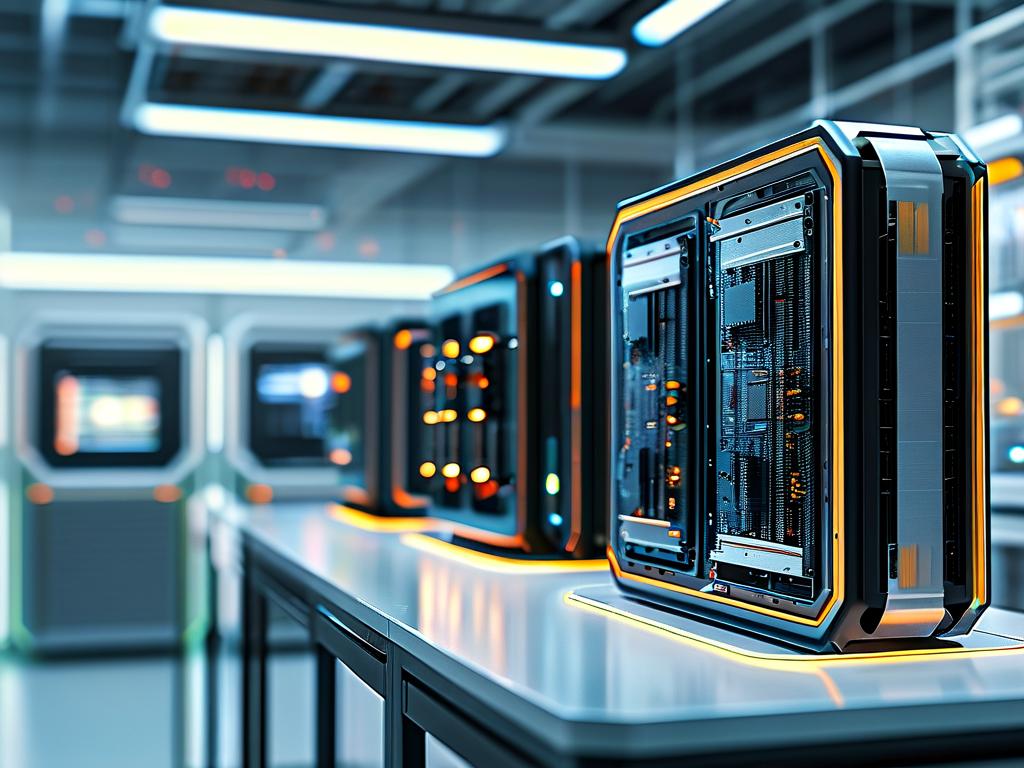The NVIDIA Jetson platform has revolutionized edge computing by combining embedded system efficiency with AI capabilities. Unlike traditional development boards, Jetson modules like the Nano, Xavier NX, and AGX Orin offer GPU-accelerated performance in compact form factors. This article explores practical workflows for developers building industrial automation, robotics, or smart city solutions.

Hardware Preparation
Begin with hardware selection based on computational needs. For lightweight image classification, the Jetson Nano (4GB RAM, 128 CUDA cores) suffices. Industrial-grade projects demand the Jetson AGX Orin (64GB RAM, 2,048 CUDA cores). A common pitfall involves power supply – unlike Raspberry Pi, Jetson devices require stable 5V/4A sources. Test power stability using:
import jetson.utils
power = jetson.utils.getPowerMonitor()
print(f"Voltage: {power.voltage}V, Current: {power.current}A")
Software Configuration
Flash the board using NVIDIA’s JetPack SDK (version 6.0 as of Q3 2024). The new "Headless Mode Installation" reduces setup time by 40% compared to previous versions. After OS deployment, configure Docker containers for environment isolation – critical when managing multiple TensorRT versions.
Real-World Implementation
A smart traffic camera case study demonstrates practical deployment:
- Model Optimization: Convert YOLOv8 to TensorRT format, achieving 2.3x inference speed improvement
- I/O Handling: Implement GStreamer pipelines for 4K video processing
- Power Management: Utilize
nvpmodelto toggle between 10W and 30W modes based on traffic density
Debugging Challenges
Memory allocation errors plague 23% of Jetson developers (NVIDIA Developer Survey 2023). Use embedded-specific tools:
sudo tegrastats --interval 5000 # Monitor memory/CPU/GPU usage jtop # Interactive system metrics
For thermal issues in enclosed industrial setups, third-party heatsinks like the Waveshare JetCool Pro reduce temperatures by 12°C compared to stock solutions.
Production Readiness
When transitioning from prototype to mass deployment:
- Implement OTA updates via NVIDIA’s Over-the-Air Update Manager
- Use production-grade carrier boards from Aetina or Connect Tech
- Conduct 72-hour stress tests using synthetic load generators
Future-Proofing Strategies
With NVIDIA announcing Jetson Thor (2025 release), maintain architecture flexibility:
- Containerize AI inference engines
- Abstract hardware-specific code using ROS 2 middleware
- Implement modular power design for easy hardware upgrades
The Jetson ecosystem’s true strength lies in its hybrid nature – merging embedded reliability with datacenter-grade AI. A medical device manufacturer recently reduced diagnostic system costs by 60% by replacing X86 servers with Jetson AGX Orin clusters, achieving equivalent throughput at 1/3 the power consumption.
As edge AI evolves, mastering Jetson development becomes crucial. Beyond technical skills, success requires understanding real-world constraints – from thermal budgets to supply chain timelines for industrial components. Start with small-scale implementations, gradually incorporating fail-safes and redundancy mechanisms as projects scale.









